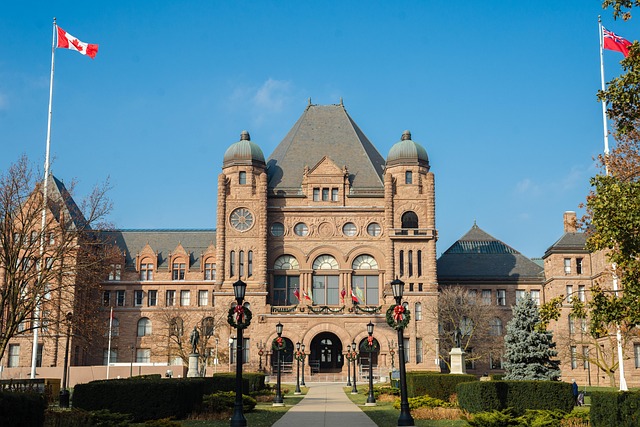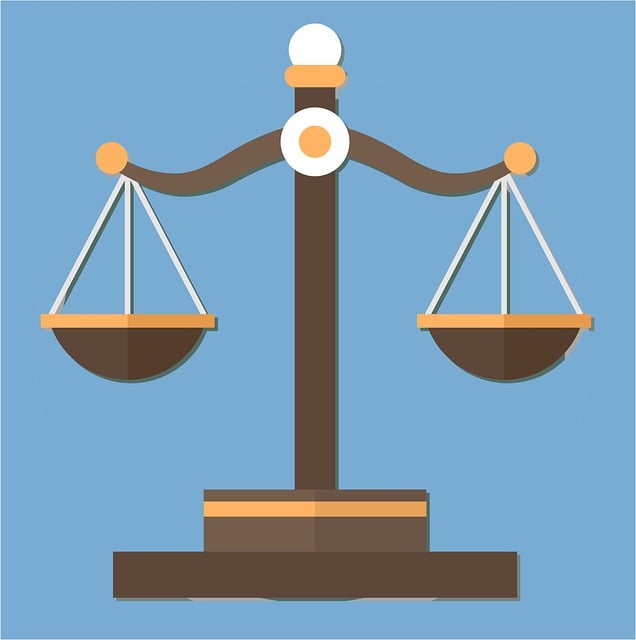The Steps in Administrative Law Proceedings provide a structured approach for resolving disputes related to government actions or decisions. The process begins with filing a complaint, followed by an investigation, hearing, and potential appeals. This framework ensures fairness, allowing parties to advocate for their rights while legal professionals navigate complex regulations to secure favorable outcomes. Understanding these steps is crucial for lawyers representing clients in administrative law cases, enabling them to tailor strategies that balance client interests with procedural fairness.
Litigation in administrative law encompasses a range of dispute resolution processes, each with distinct characteristics. Understanding these types is crucial for navigating complex cases effectively. This article provides an in-depth look at the foundation of administrative law proceedings and guides you through the common steps involved. From filing a complaint to reaching judgment, we’ll explore strategies tailored to different litigation types. Gain insights into unique considerations and best practices to enhance your approach to these intricate cases.
- Understanding Administrative Law Proceedings: A Foundation for Litigation Types
- Common Steps in Administrative Dispute Resolution: From Complaint to Judgment
- Unique Features and Considerations of Different Litigation Types
- Strategies for Navigating Complex Administrative Law Cases: Tips and Best Practices
Understanding Administrative Law Proceedings: A Foundation for Litigation Types

Administrative Law Proceedings serve as a cornerstone for understanding various litigation types, offering a structured framework for dispute resolution. These processes involve a series of steps that ensure fairness and due process, which is essential when achieving extraordinary results or winning challenging defense verdicts across the country. The initial phase typically includes filing a complaint or petition with an administrative agency, followed by a response from the opposing party.
Hearings are then conducted where both sides present their arguments and evidence. This is crucial in navigating the complexities of different litigation types, as it allows for a thorough examination of facts and legal points. Ultimately, the agency renders a decision, which can be appealed if not satisfactory to either party, setting the stage for further legal maneuvers. Understanding these steps in Administrative Law Proceedings provides a solid foundation for comprehending diverse litigation scenarios, enabling legal professionals to advocate effectively for their clients’ rights.
Common Steps in Administrative Dispute Resolution: From Complaint to Judgment

The administrative dispute resolution process involves a series of steps designed to address and resolve conflicts arising from government actions or decisions. This path is often pursued when individuals or entities believe that an agency has acted unlawfully, unfairly, or in error. The initial step is typically the filing of a complaint with the relevant administrative body, articulating the grievance and requesting relief. After receiving the complaint, the agency will conduct an investigation to review the facts and applicable laws. This stage may involve gathering evidence, interviewing witnesses, and seeking legal advice.
If the agency determines that the complaint has merit, it might issue a decision or order to rectify the issue. This could range from requiring the government body to change its decision to imposing specific remedies. However, if the parties are still dissatisfied with the outcome, they can appeal the administrative determination to a higher authority within the agency or, in some cases, to a court of law. The appeals process provides an opportunity for further review and argumentation, aiming to ensure that administrative actions align with legal principles and individual rights. Avoiding indictment and achieving a complete dismissal of all charges are potential outcomes during these proceedings, which ultimately seek to balance government authority with the protection of citizens’ rights through a structured legal framework.
Unique Features and Considerations of Different Litigation Types

Different litigation types come with their unique features and considerations, making it crucial to understand the specific steps in administrative law proceedings for respective business, corporate, and individual clients. For instance, while civil litigation focuses on disputes between private parties, administrative law proceedings deal with legal issues arising from government actions or regulations. These proceedings often involve specialized agencies interpreting complex laws and policies, which can significantly impact businesses and individuals.
Knowing the nuances of each type is essential for effectively navigating the legal landscape. In civil litigation, the emphasis is on individual rights and wrongs, whereas administrative law deals more with procedural fairness and adherence to regulatory frameworks. Therefore, when representing clients in these diverse settings, lawyers must tailor their strategies accordingly, ensuring due process and the protection of their clients’ interests throughout each distinct step of the legal process.
Strategies for Navigating Complex Administrative Law Cases: Tips and Best Practices

Navigating complex administrative law cases requires a strategic approach that combines legal expertise with efficient case management. Understanding the intricate steps in administrative law proceedings is crucial for building a robust defense strategy. One of the key strategies involves thorough research into relevant regulations and statutes, ensuring compliance and identifying potential loopholes or inconsistencies that can work in your favor.
Additionally, effective communication is paramount. Clearly articulating arguments and presenting evidence coherently can significantly influence the outcome. A skilled general criminal defense attorney will guide clients through each phase, providing transparent updates and making informed decisions. By adhering to these best practices, legal professionals enhance their chances of securing winning challenging defense verdicts for his clients, ensuring a just and fair process within the administrative law framework.
Administrative law litigation encompasses a variety of proceedings, each with its own unique steps and considerations. By understanding the commonalities across different types, legal professionals can effectively navigate complex cases. Mastering the steps in administrative law proceedings—from complaint to judgment—is crucial for successful dispute resolution, ensuring just outcomes and adherence to legal principles.






